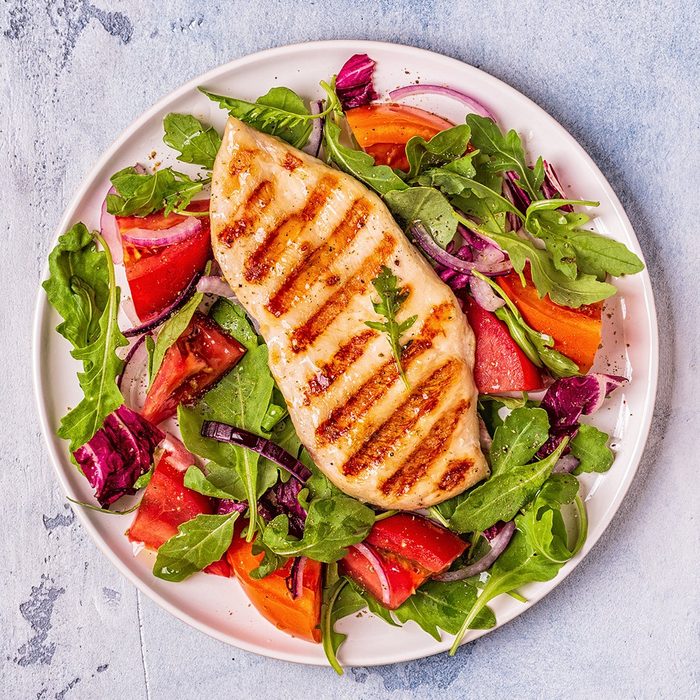
Eat smaller portions of meat
This tip is healthy and frugal. Fill up your plate with vegetables instead of meat to save money. “When we had ham, we rationed it out to one slice per person to make it last as long as possible,” says Lorraine Neal Lane, Brookfield, Massachusetts.
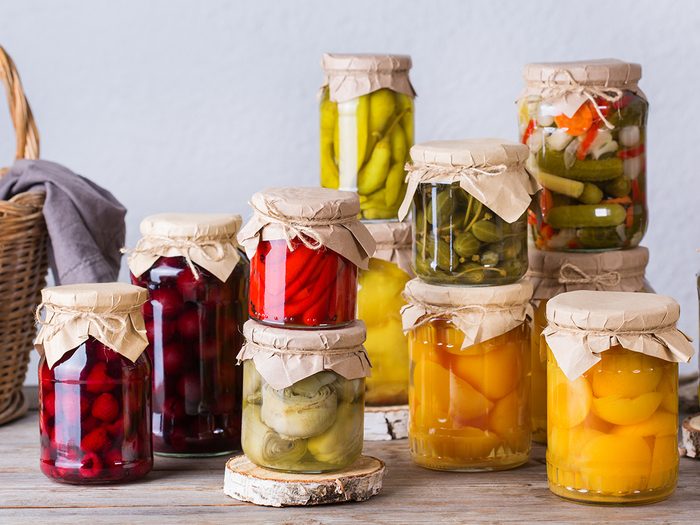
Can and preserve your food
Home canning was a means of survival for many families during the Depression. Fresh fruits and vegetables canned in the summer and fall provided enough wholesome food to last until a new garden was planted the following spring. Many home cooks still preserve their garden’s bounty, putting up jars of jelly, salsa, pickles and more.
Follow these tips to keep fruits and vegetables fresh longer.

Shop around for markdowns
During the Depression, parents learned tricks to cut the food bill. They parked outside the grocery until 10 minutes before closing time on Saturday night and hurried in the snap up bargains on fresh produce priced for quick sale. Frugality still pays off today. Compare prices to see which stores offer the best value. And pay attention to which items are discounted each week. Stock up and plan your meals accordingly. Also, be sure to shop when your favourite stores offer special coupon deals.
Try these tricks to cut down on food waste.
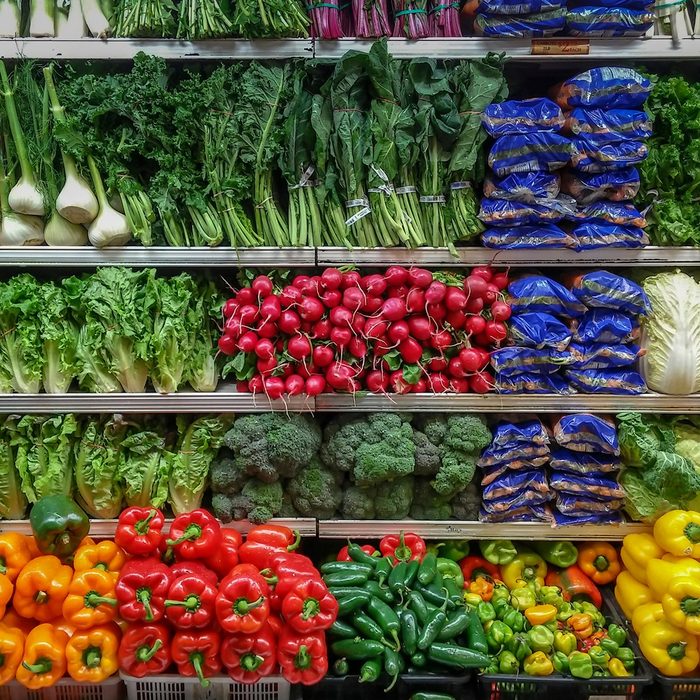
Buy less processed food
Food was simpler decades ago, and therefore cheaper. A lot of food we buy today has already been peeled or chopped up, seasoned and cooked, and boxed, canned or frozen. In short, we pay others to do most of the hard work that was once done in the home. Try to chop up your own produce instead of buying the pre-cut fruits and veggies. And focus on eating wholesome ingredients instead of buying takeout or frozen meals.
Don’t miss our ultimate guide to healthy grocery shopping.
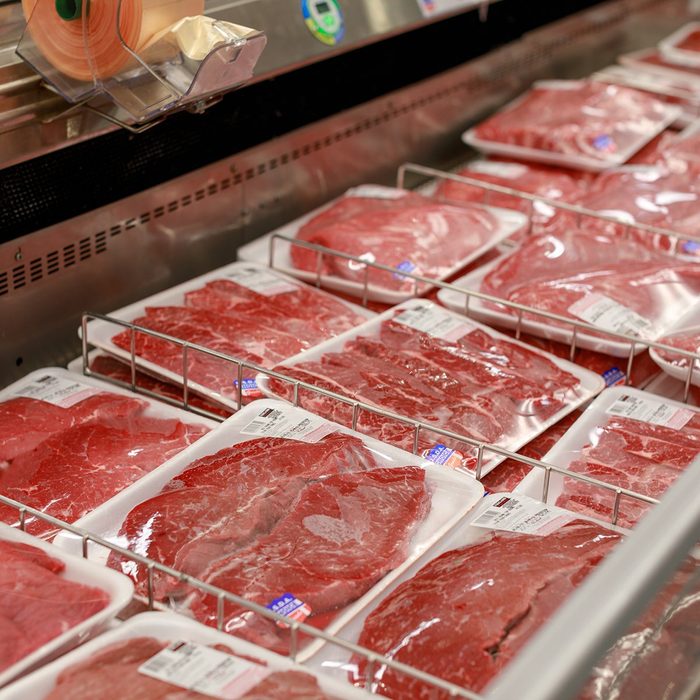
Try cheaper cuts of meat
Floyd Hedge of Mountain Home, Arkansas, says, “We ate a lot of inexpensive meat then. We had a lot of jowl meat, salt pork and liver—cuts of meat the ‘better offs’ didn’t want. And we were glad to get it.” This tip still works today. For instance, bone-in chicken is usually cheaper than boneless. And chuck steaks (also known as seven-bone steaks) are much cheaper than rib-eyes.
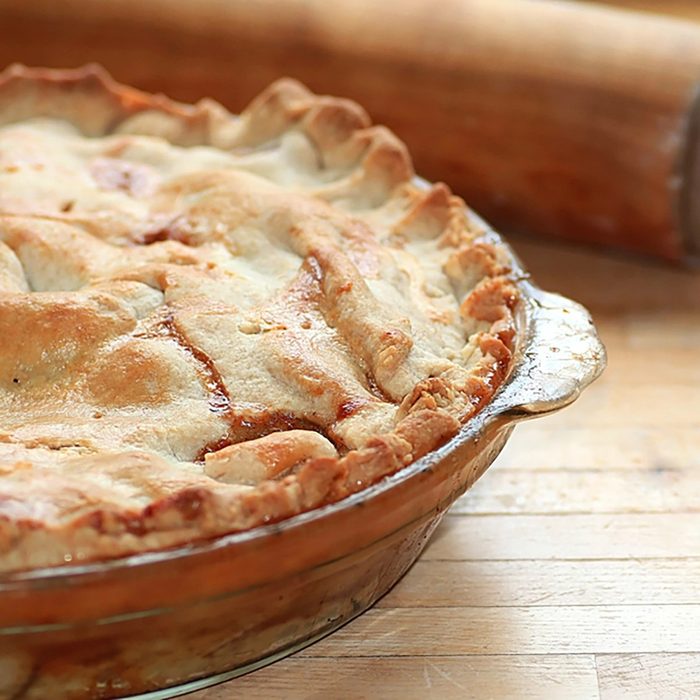
Bake a mock apple pie
With pie pastry, saltine crackers, sugar, water and a few spices, Depression-era cooks could bake a mock apple pie that tasted almost like the real thing!
Check out more baking tips we learned from our grandmothers.
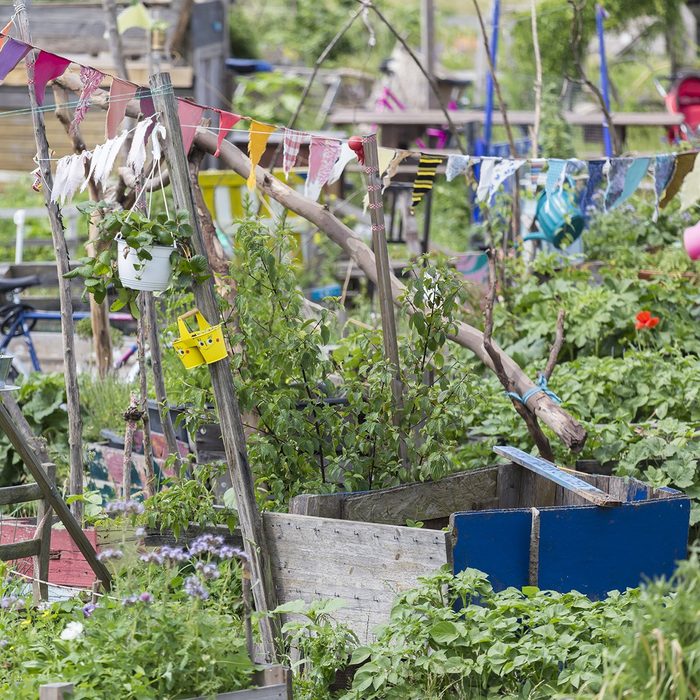
Join an urban garden or community plot
Group gardens were popular in many communities during the Great Depression, with several neighbours pitching in to tend one large plot. “Mom dug up our front yard to plant a garden, and it really thrived,” says Michelle Beffa of Carpinteria, California. “Some of our neighbours did the same thing, so vegetable swapping was a common occurrence. One afternoon I asked Mom what we were having for dinner that evening. She grinned and said, ‘I don’t know, let’s see what the neighbours bring in.'” Nowadays, even urban dwellers can grow a few vegetables in containers, browse the farmers’ market for farm-fresh produce.
Here’s expert advice on how to grow a vegetable garden virtually anywhere.
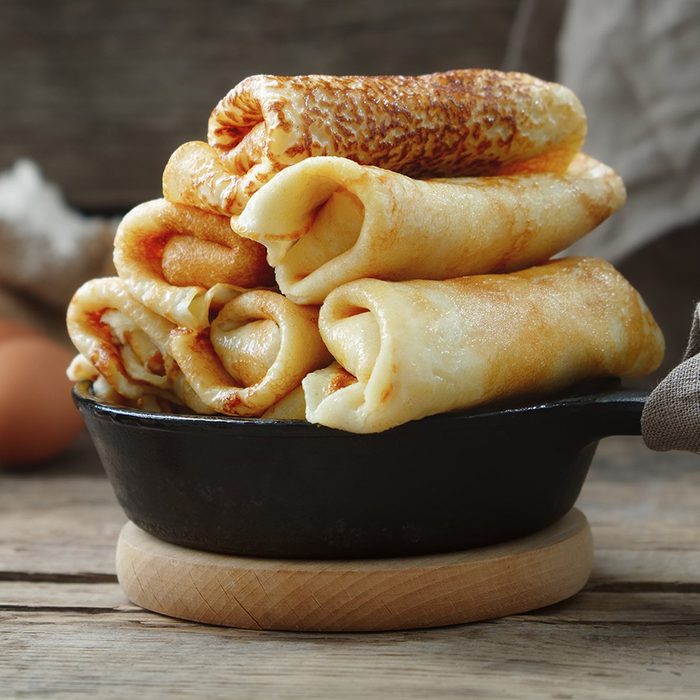
Serve breakfast for dinner
Breakfast foods are like pancakes are affordable and delicious. “My sisters, mother and I ate hotcakes morning, noon and night,” says Donna Shepherd of Anderson, California. “Mother flavoured them differently for each meal. First she used grated orange peel, then vanilla. Finally the exotic aroma of cinnamon—my favourite—would waft through the house.”
Discover the secret ingredient for the fluffiest pancakes ever.
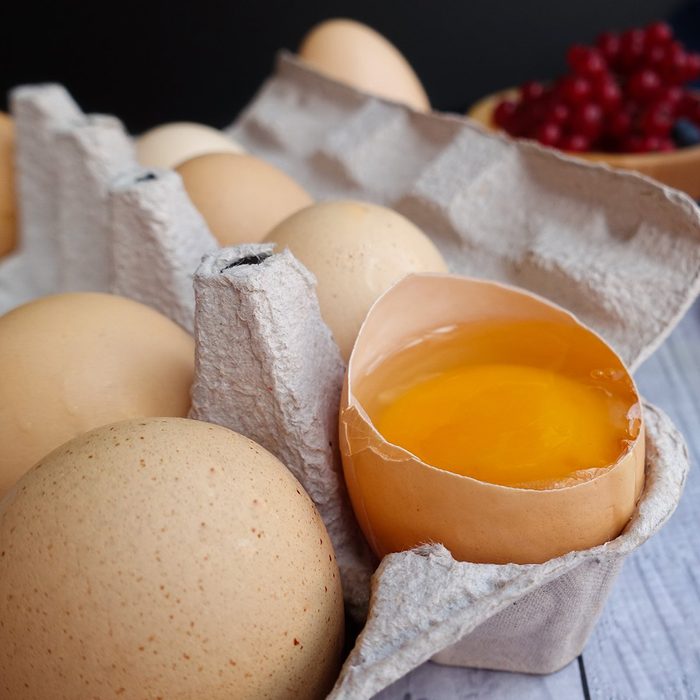
Replace an egg
Some farm families used eggs for bartering, so they learned how to make do with fewer. “I learned that cornstarch could be substituted for one egg in any recipe that called for more than one egg,” says Jenese Nelson of Redwood City, California. Mix 2 tablespoons of cornstarch with three tablespoons of water.
Check out more clever cornstarch hacks you’ll wish you knew sooner.
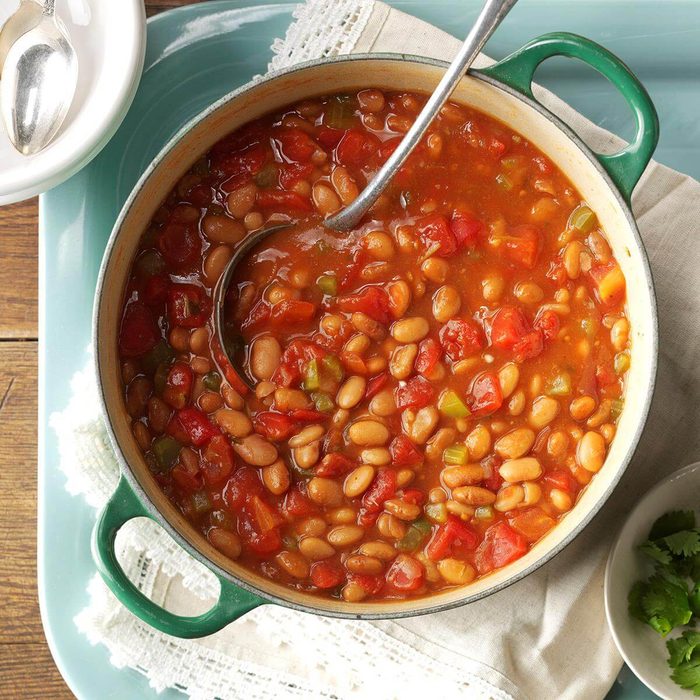
Chow down cowboy style
Dried beans are a cheap pantry staple that you should always have on hand. After all, beans and bread kept many cowboys fueled up on cattle drives. Oneta Whitlock of Altus, Oklahoma, says, “We may not have have many material things, but we never went hungry, thanks to beans and corn bread. I still enjoy cooking up a potful of the past.”
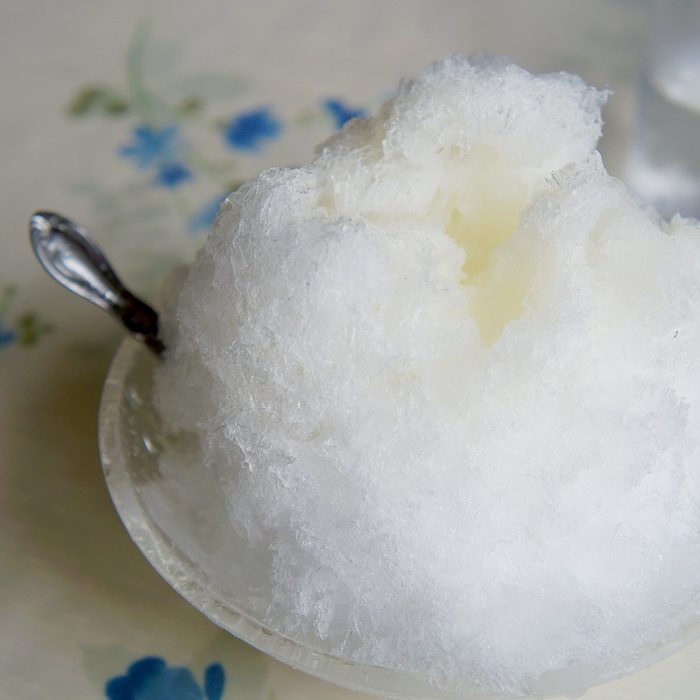
Make snow ice cream
Turn snowflakes into sweet treats. Lela Moll of Allegan, Michigan, says, “One of my favourite winter memories is of making ice cream. We’d scoop some of the rich cream from the top of Grandpa’s milk cans to make our chilly treat. For another wintertime treat, we’d scoop up clean snow and pack it in pie tins while Grandma boiled maple syrup to the point where it would pour in a sticky, thread-thin stream. We’d slowly trickle this sweet topping over the tins of snow. Boy did that make great candy!”
Take a look back at the all-important role of the kitchen stove during the Great Depression.
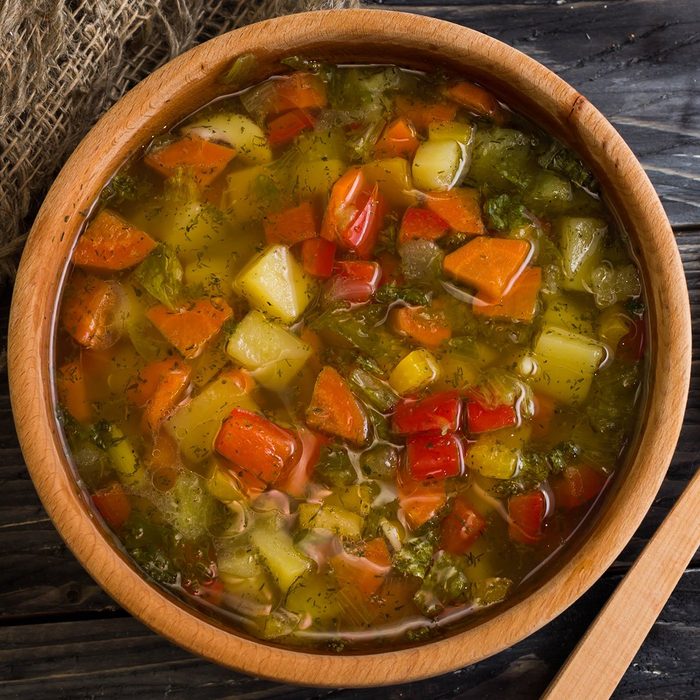
Throw everything in one pot
One-dish meals are easy to cook and clean up, plus there’s no fancy equipment needed. Grace MacAdam of Whitehall, Pennsylvania, says, “We often made a meal of sliced raw potatoes, onion, and on occasion, a few strips of bacon. We added some water and cooked everything together in a covered pot. In fact, we still make ‘Depression soup’ today!”
Don’t miss this seven-day meal plan of one-pot dinners.
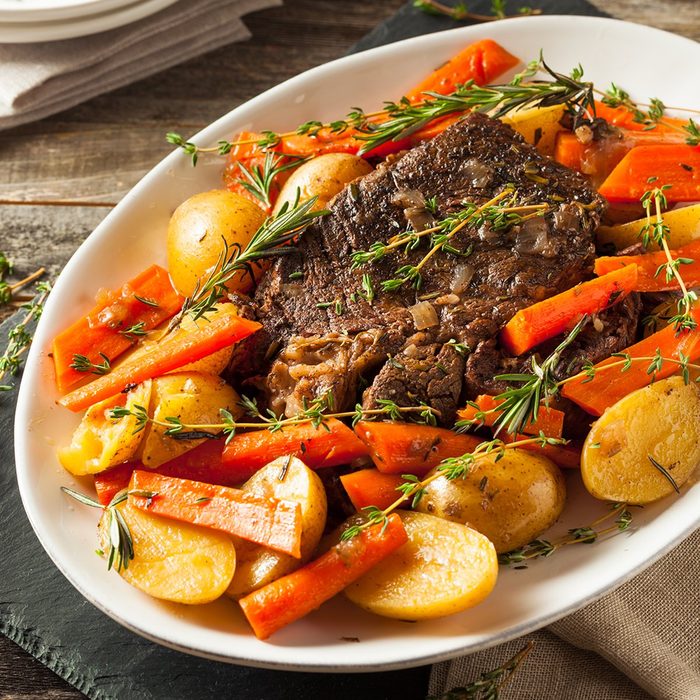
Cook once, eat all week
If you prepare a larger cut of meat, you can make many meals out of it. “When the banks closed, my parents took the cash in their pockets, went to the store and bought a leg of lamb,” says Marie Shull, Strasburg, Virginia. “We had lamb for a couple of meals, and then Mama made a lamb stew out of the leftovers. At each meal, Mama would throw in more potatoes and carrots and serve it one more time!”
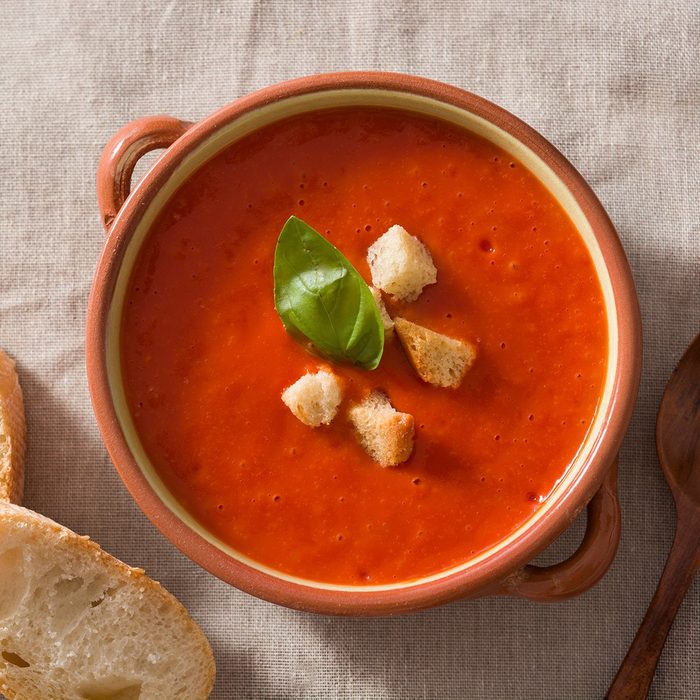
Warm up with tomato soup
Tomato soup was a Depression-era specialty. Juanita Killough Urbach of Brush, Colorado, says, “Home-canned tomatoes and milk were heated separately, and a little baking soda was added to the tomatoes to keep the milk from curdling when the two were combined.”
Check out more brilliant uses for baking soda all around the house.
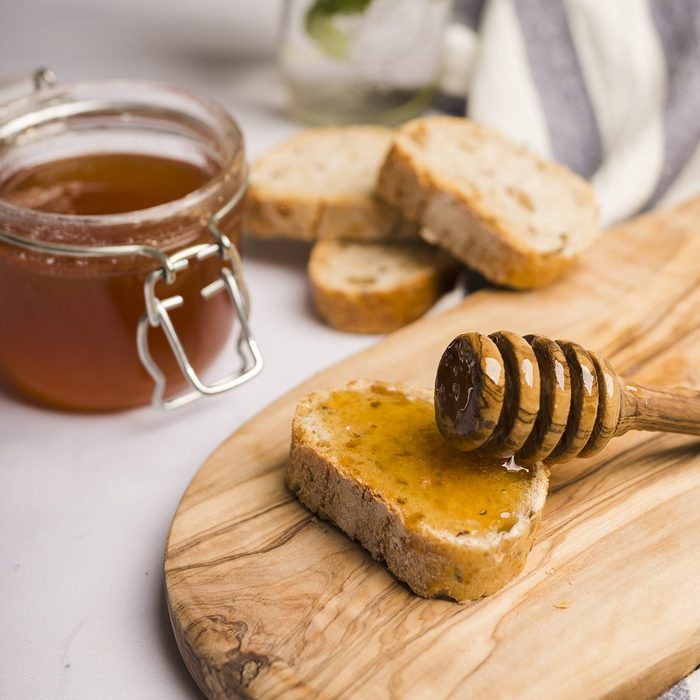
Swap out ingredients
Cooks were creative during the Depression because they had to be. If they were out of one ingredient, they substituted another. Flour replaced cornstarch, honey or syrup took the place of sugar, and baking soda and baking powder were used interchangeably.
Here are more forgotten ingredients grandma always used to cook with.
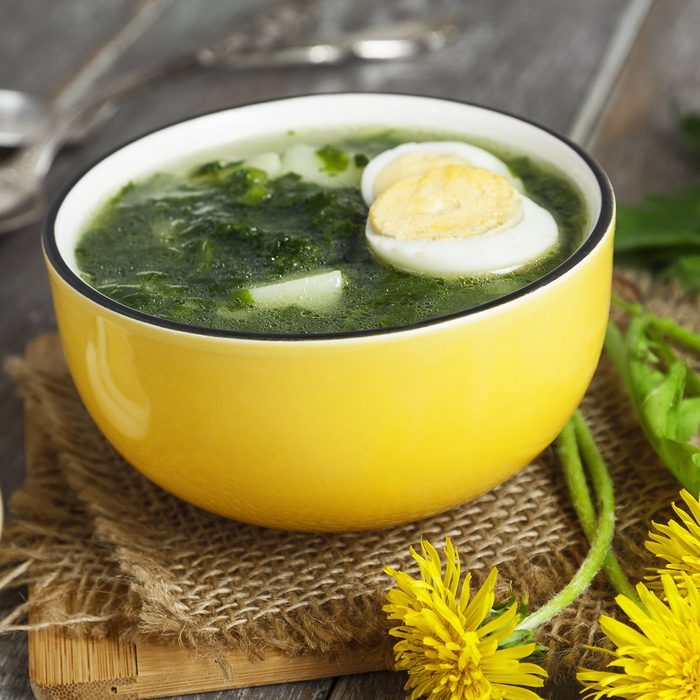
Cook dandelion greens
You might think of dandelions as weeds, but they’re also a widely available food source. Gracie Thomas of Flagstaff, Arizona, says, “One day my mother handed me a small knife and a paper sack. ‘Go to the telephone company and ask if you can pick the dandelions from their lawn,’ she told me. I came back with a whole sackful. Mother cooked the dandelion greens in bacon fat, and they were delicious!”
Discover 20 simple home hacks that will save you money.
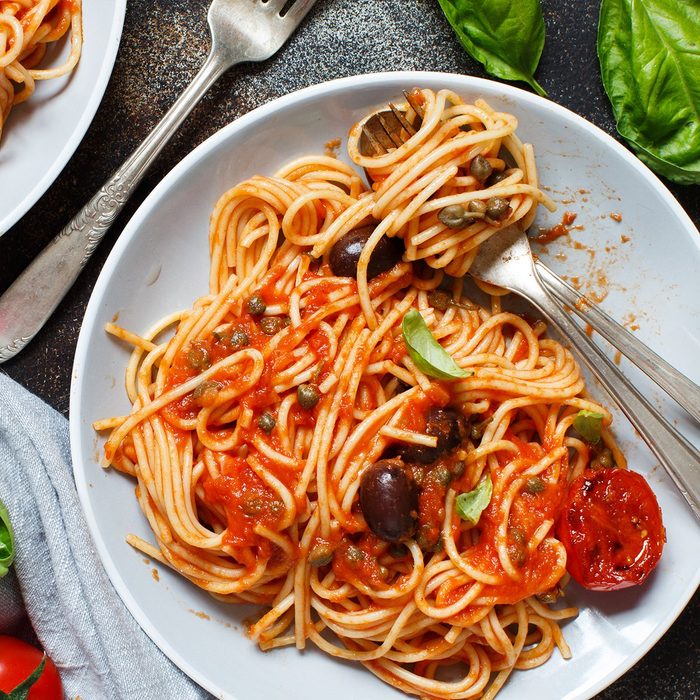
Perfect a signature dish
Michael Lacivita of Youngstown, Ohio, says, “My father planted several hundred tomato plants in our garden and the empty lot next door. My mother canned more than 100 quarts of tomato sauce, and we had spaghetti with meatless sauce as our main dish at least four times a week. On the other days we had spaghetti with garlic and oil, or spaghetti with beans. When I served in the Navy during World War II, the dish I missed most was my mother’s spaghetti!”
Find out how to make store-bought pasta sauce taste homemade.
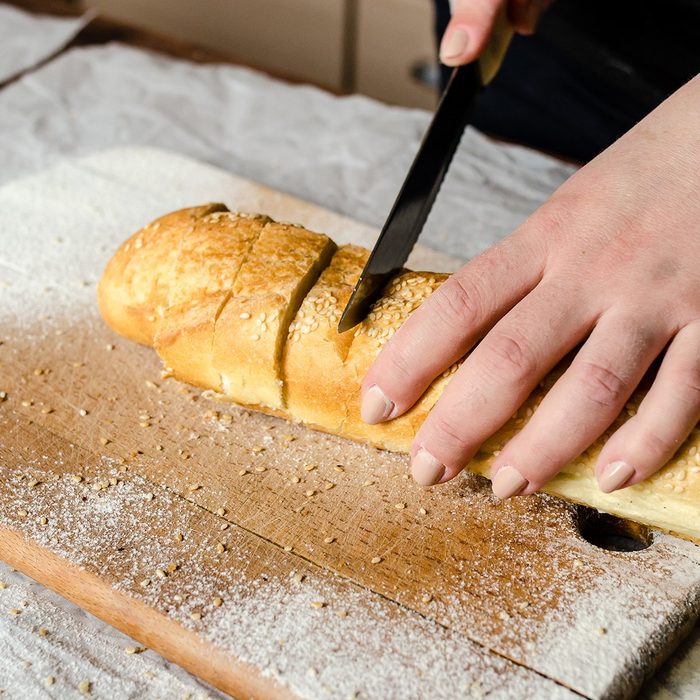
Cook more meals at home
Almost everything families ate during the Depression was homemade, because few could afford dining out at restaurants. Anthony Cordone of South Weymouth, Massachusetts, says, “My mother made her own dough for crusty Italian bread. We also made our own Italian pork sausage with fennel seed.”
Here are 35 easy bread recipes anyone can bake.
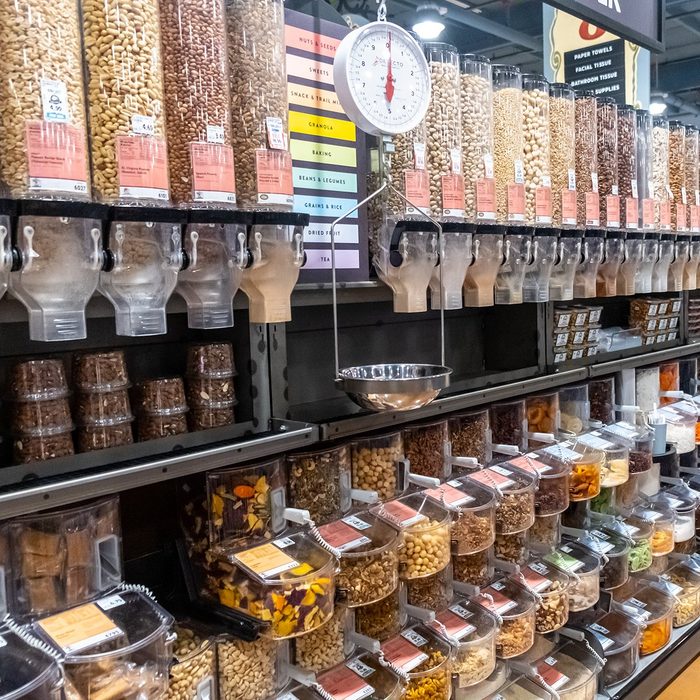
Buy in bulk
Purchase larger sizes of the products your family uses the most often, or shop in the bulk section at the grocery store, and you may save money. Tony Kostreba of Portales, New Mexico, says, “In the middle of the Depression, the grocery stores in central New Jersey were selling loaves of bread for a nickel. But even at that terrific price, store-bought bread was out of reach for our family of eight. So I’d pull my wagon to pick up our 50-pound bag of Red Cross flour. On the way home, I’d stop at the bakery to buy 1/4 pound of yeast for 10 cents. When we came home from school, a huge loaf still warm from the oven would be on the table.”
Find out nine things you should never buy in bulk.

Cook the catch of the day
Seafood can be expensive, but not if you catch it yourself. “We were lucky to live on Long Island, with access to the local creeks and bays,” says Mabel Zelenka, Griffin, Georgia. “Anyone who was ambitious could find plenty of clams, eels, mussels, scallops and crabs. Fishing wasn’t a pastime for us—it was food on the table.”
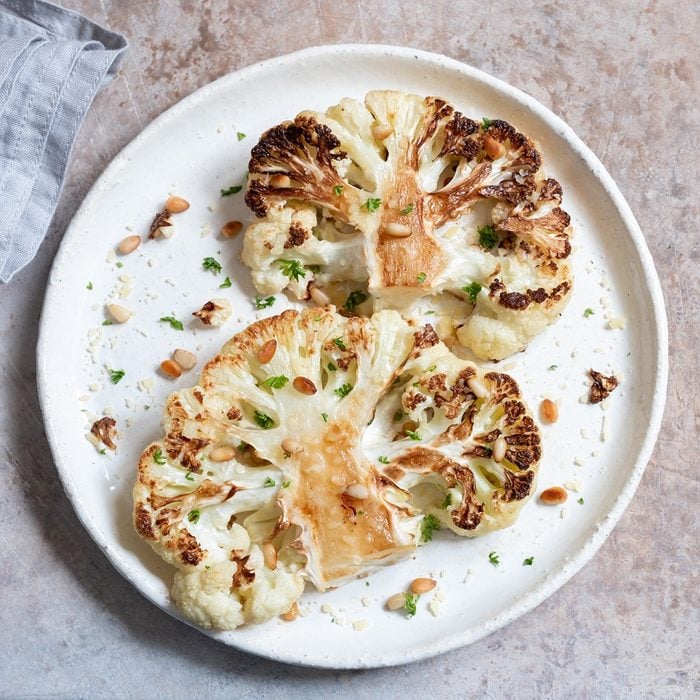
Make vegetarian swaps
Vegetarians already know how to swap in cauliflower, beans or other vegetables instead of meat, and plant-based meat alternatives are hotter than ever. “When we couldn’t have chicken and dressing, Mama made cabbage dressing. And it was so good,” says Minnie Flaherty of Magnolia, Arkansas. “She cut a head of cabbage in half and cooked it in water with salt, pepper and butter until tender. She made sage dressing from leftover biscuits and corn bread, and served it with the cabbage on top.”
Believe it or not, you can regrow these vegetables from kitchen scraps.

Start a sweet tradition
Home cooking sweetens the holidays and makes lasting memories. Myrtle Beavers of Destin, Florida, says, “Homemade peanut brittle was one of our family’s Christmas traditions during the Great Depression. I can still picture Mama hefting her huge iron skillet to the cookstove, dumping in sugar and stirring gently.”
Here’s what a 1950s Christmas looked like.

Purchase imperfect produce
Sometimes you can get a good deal if your produce is discoloured, bruised or oddly shaped. Catherine Rogers of Danville, Arkansas says, “After the apples were picked for pies, canning and winter storage, there were usually many culls. These weren’t wasted, though. They were used to make cider. Anyone who owned a cider mill in a rural community was always popular at apple harvesting time!”
These grocery store secrets from the produce section will change the way you shop.

Stretch the leftovers
Get clever in the kitchen and no one will get sick of leftovers on the third day. Freida Farrell of Suitland, Maryland, says, “The first day we’d have beans. The second day, Mother would add water and elbow macaroni to the leftovers. The next day, she’d add a can of tomatoes. If there were any left after that, she’d add more water and drop dumplings into it.”

Raise backyard chickens
Families during the Depression relied heavily on their best laying hens. Joseph Galinis of North Royalton, Ohio, says, “Mother’s 25 to 30 chickens kept us supplied with lots of fresh eggs during the lean Depression years. Dad built a small chicken house for them to roots in at night.”
Find out how to store eggs to keep them fresh for as long as possible.
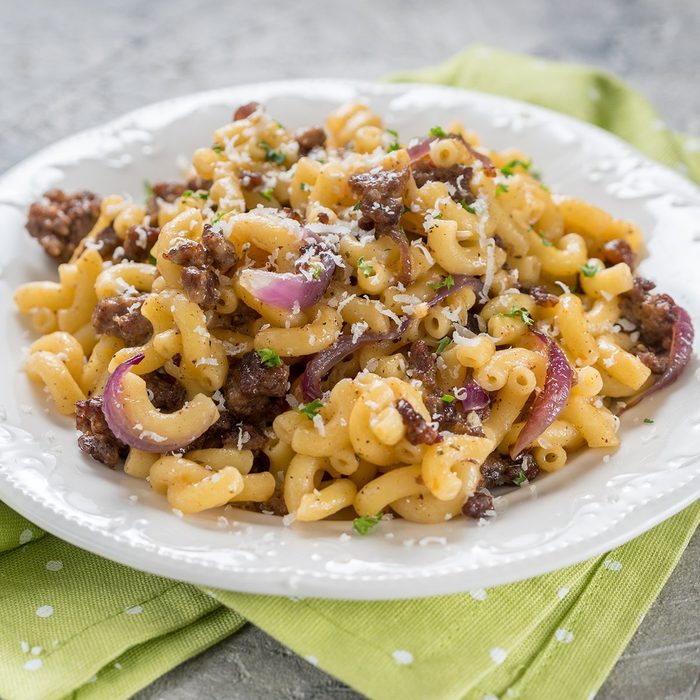
Make a quick casserole
Toss together simple ingredients for a tasty casserole or hot dish to share at your next potluck. Dorothy Rhoads Ness of Annapolis, Maryland, says, “For lunch or dinner, we ate a lot of what Mom called Poor Man’s Dish, which consisted of macaroni, tomatoes and some ground beef.”
These winter casserole recipes will warm you right up.

Save up for a treat
Even if you’re on a tight budget, it’s OK to splurge once in a while. Ron Staudler of Belleville, Illinois, says, “Dad occasionally did some work for the WPA. We were told that whenever one of the Treasury Department checks arrived, Dad would buy us a quart of ice cream. The taste of that vanilla ice cream covered with homemade preserves is something I’ve never forgotten.”
Save yourself a needless trip to the grocery store by learning how to freeze milk.

Go berry picking
Pick (or grow!) your own berries instead of paying a high price for a small basket at the store. Hazel Miller of Terre Haute, Indiana, says, “We picked wild blackberries, blueberries, strawberries and raspberries for jelly and jam. Mom also made jelly from chokecherry and grape juice.”

Make your own broth
Instead of paying for canned broth, make your own from food scraps you likely already have. June Hurlow of Fairborn, Ohio, says, “Soup bones or scraps went into a pot with water and home-canned vegetables and simmered on the wood-burning stove all day. At lunchtime, the broth was skimmed off the top and ladled over dry bread.”
Check out our all-time favourite chicken soup recipes.
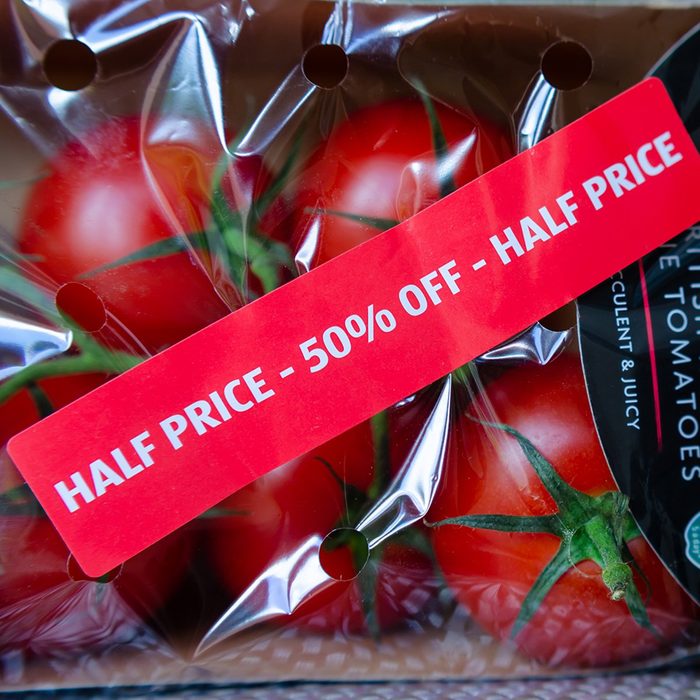
Hunt for bargains
Check those clearance aisles! Hazel Kemp of Forestville, California, says, “My father’s job at the A&P grocery store provided our family with food the store would have thrown out otherwise—bruised produce, dented cans and broken boxes.”
These pantry organization tips make meal prep so much easier.
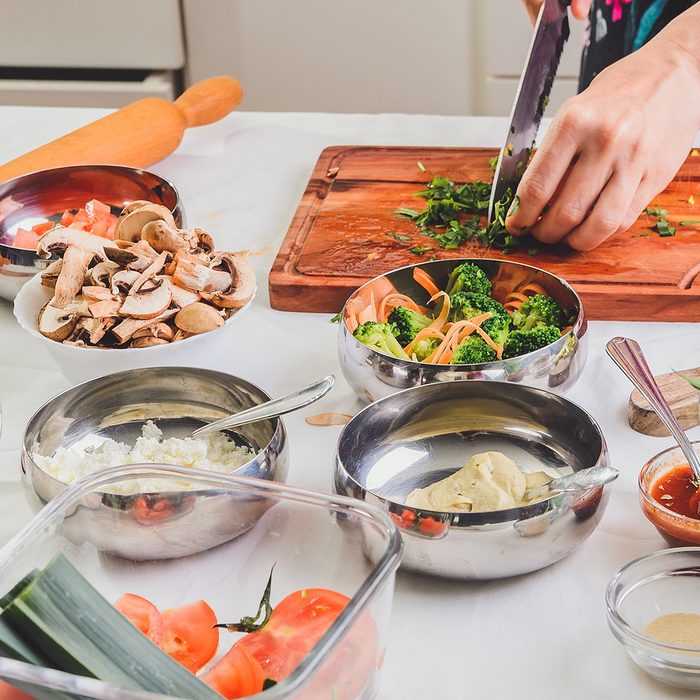
Cut down on food waste
“My dear mother raised nine children and knew how to stretch everything,” says Laura Rakickas of Newtown Square, Pennsylvania. “She used up all parts of her vegetables, including cauliflower leaves, which she trimmed, boiled, seasoned and topped with butter or white sauce.”
Here are the food parts you should never throw away.

Add bacon to everything
This salty, smoky meat is very versatile—it really does make everything taste better. Lois Curnutt of Odessa, Texas, says, “Bacon was added to many dishes—beans, soups, vegetables, even lettuce salad. The drippings were saved for seasoning, frying and baking bread.”
Just make sure you avoid these common bacon cooking mistakes.

Use up those potatoes
“My mother was a very frugal cook,” says Margaret Kloepfel of Canton, Ohio. “One entree I really liked was potato dumplings made from leftover mashed potatoes, a couple of eggs, baking powder and flour. Mother spooned the boiled dumplings into a bowl with hot water in the bottom, and topped them with sauteed onions.”
Here are 40 more kitchen hacks you’ll wish you knew sooner.

Put an egg on it
Eggs enhance many dishes. Betty Gillespie of Hillsdale, Illinois, says, “On our Iowa farm one of Mother’s easy, economical suppers was a meal in a bowl. She’d toast and butter a thick slice of homemade bread, top it with one or two poached eggs, and pour warm milk over the top. I still like this dish.”
Discover 50 money saving tips that’ll slash your monthly expenses.
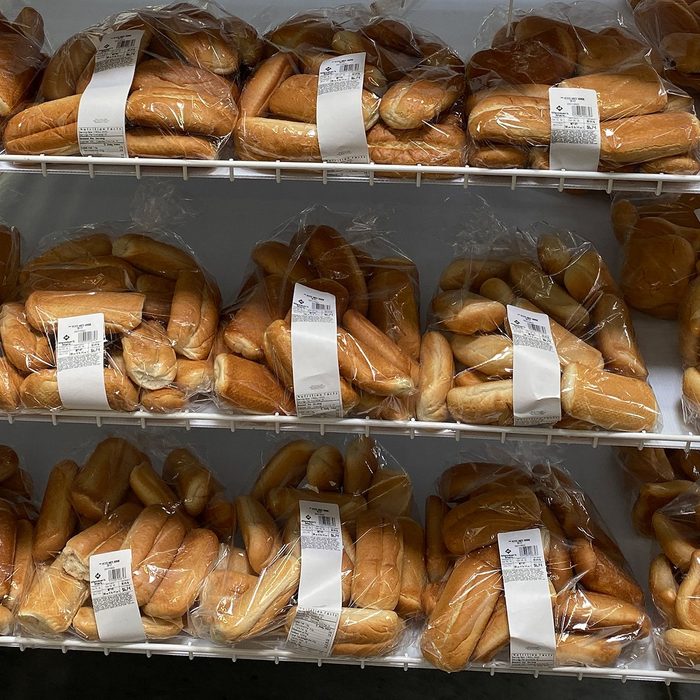
Buy day-old baked goods
Bakeries often reduce bread and other baked goods that don’t sell right away, but they’re still delicious. Eve Ernst of Milwaukie, Oregon, says, “One treat, when we could afford it, was going to the bakery and buying a gunny-sack full of baked goods for 25 cents. We never knew what we had until we came home and spread it all out. Each of us would pick out our favourites—bread heels, rolls or cookie pieces, and eat our goodies with a glass of milk from our cow. That quarter’s worth of baked goods lasted us several days!”
Next, check out the best apps to save money on groceries.